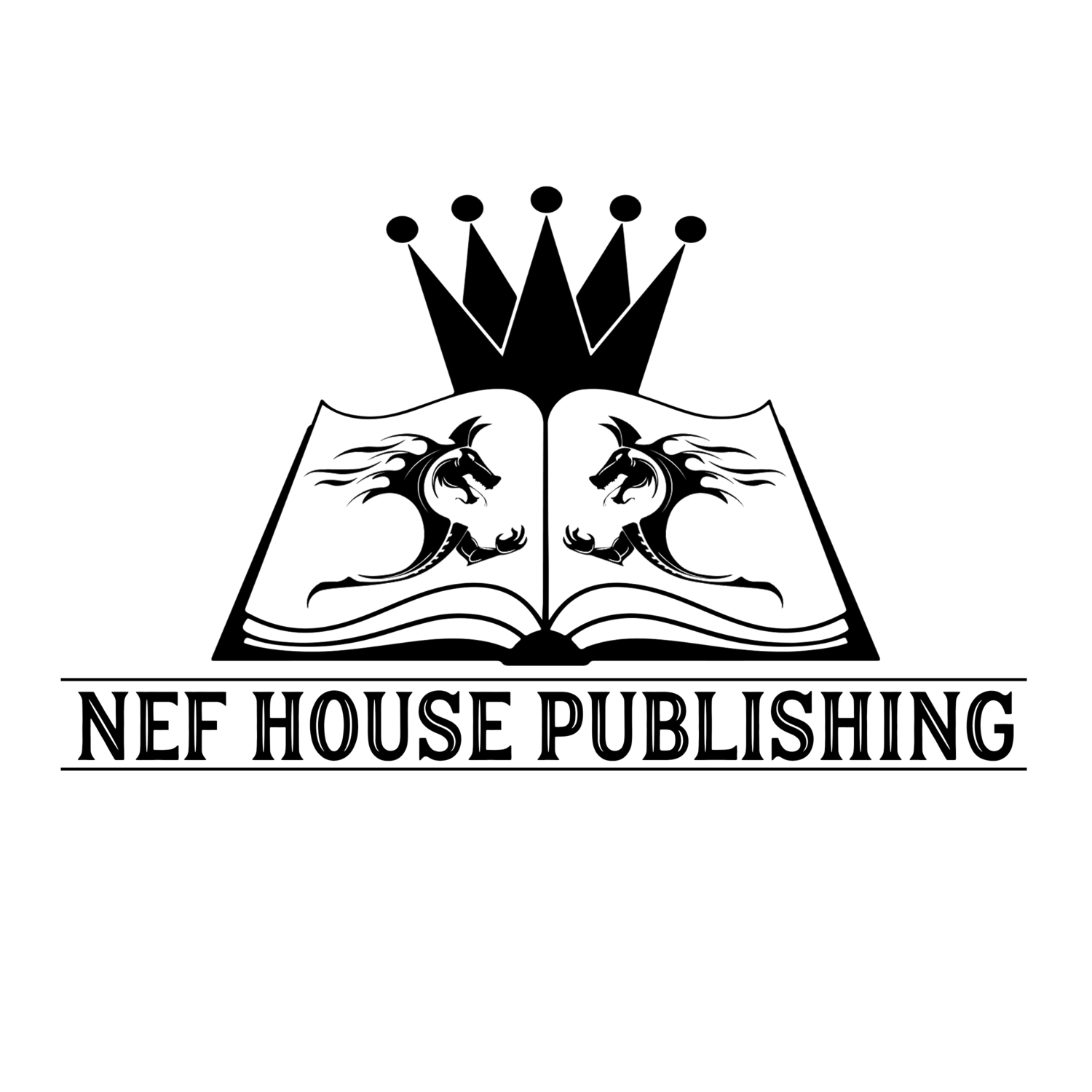Fantasy World Building Tips from the Pros: Sena Andeo
Fantasy writing can be quite intimidating—or freeing—depending on how you approach it. There are no limits to what you can build and create, which can be overwhelming. However, it also leaves room for imagination. If done with enough passion, you may end up creating something that has yet to be written.
As with any writing, the first step to success is to read everything and anything you can get your hands on—not necessarily only fantasy. Elements can be borrowed from non-fiction works, giving your story a sense of reality that can be grounding for readers. Historical events, people, and cultures are great places to start. These works can inspire either the entirety of your world building, or a few snippets for characters or events. Such is the beauty and openness of fantasy.
If you’ve chosen to create your own world, one of the most important steps is to create a map. It can be something that starts with a single city or nation and branches out, or even a rough idea of where you want things to be in relation to each other. It doesn’t have to be pretty. It doesn’t have to be seen by anyone besides yourself. But it is key to maintaining continuity, especially in multiple-book series. Lots of fantasy involves traveling, and a handy map avoids flipping back through old pages to find what exactly you named the villain’s lair or whether it was in the mountains or the hills.
Now that you’ve roughly built your world, the next question is whether there will be a magic system, and how it will work. There are two rough schools of thought on magic systems: the “loose” and the “strict.” Loose magic systems aren’t clearly defined and can change. While this system enables flexibility when it comes to magic use in a story, it can also decrease the believability of your world if it becomes too convenient. A strict system has many rules in place, whether they are how and when spells can be used, to who can use them, to laws within your world regarding magic. Strict systems are considerably narrower and require more attention to detail to avoid contraindications but can free up the characters to use resources besides magical qualities under pressure, giving them more depth. If you decide your world has no magic, there is opportunity to add unique culture to your world. Do some people believe in magic? Are they frightened of it? Are they superstitious or science-based? Your world is your oyster.
Start reading today!
〰️
Start reading today! 〰️
Finally, the fun part (at least I think so). You have your world and your definitions of magic. Now you build the things that live in it. Characters, creatures, spirits or gods, etc. You can pull ideas from real animals and people or create entirely new ones. You could decide only to have realistic creatures—although who doesn’t love a good dragon fantasy? As you create and design, keep in mind how everything interacts with each other or with magic. Environments can be perfect definers, especially if you have your map for reference. Cultures are important as they can change how your people—or your version of people—interact with the world and the creatures in it. Eventually, you’ll find a rhythm to your story and how magic, the world, and the creatures/people mesh into a fantastical dance. You may find new story ideas sprouting with each new layer added or decide to keep it small and focus on characters rather than the world.
No matter what you decide, the incredible thing about fantasy is that you can mold it to whatever you want, allowing the most creative and whimsical part of yourself to exist on paper.
This article was written by Sena Andeo.
Sena Andeo writes fantasy set in the magical world of Andriel and dabbles in the odd superhero and romance novel. She lives in Virginia where she works at a shelter for human trafficking survivors and enjoys playing piano, coloring, dive bars, live concerts, and the James River.


